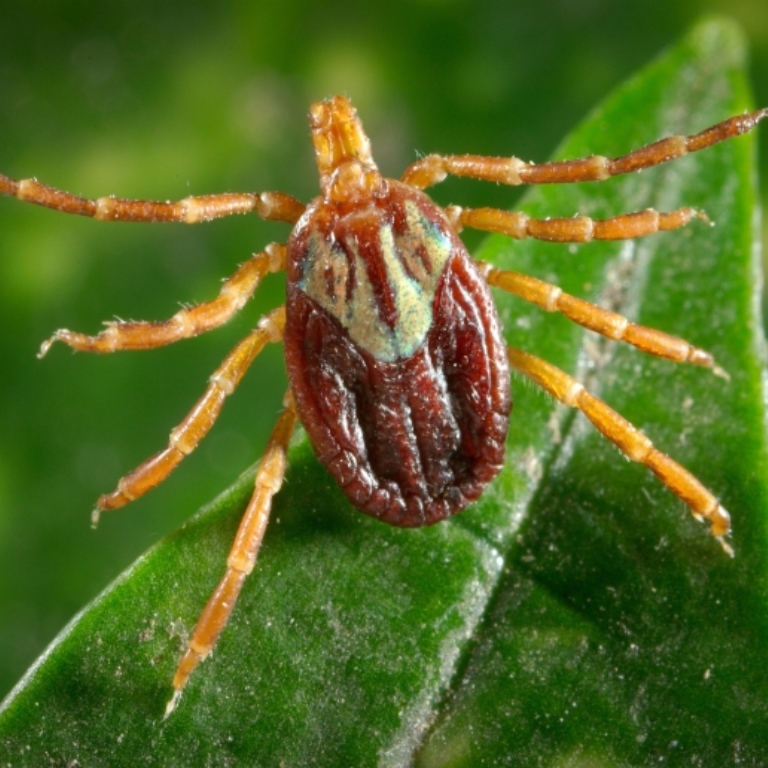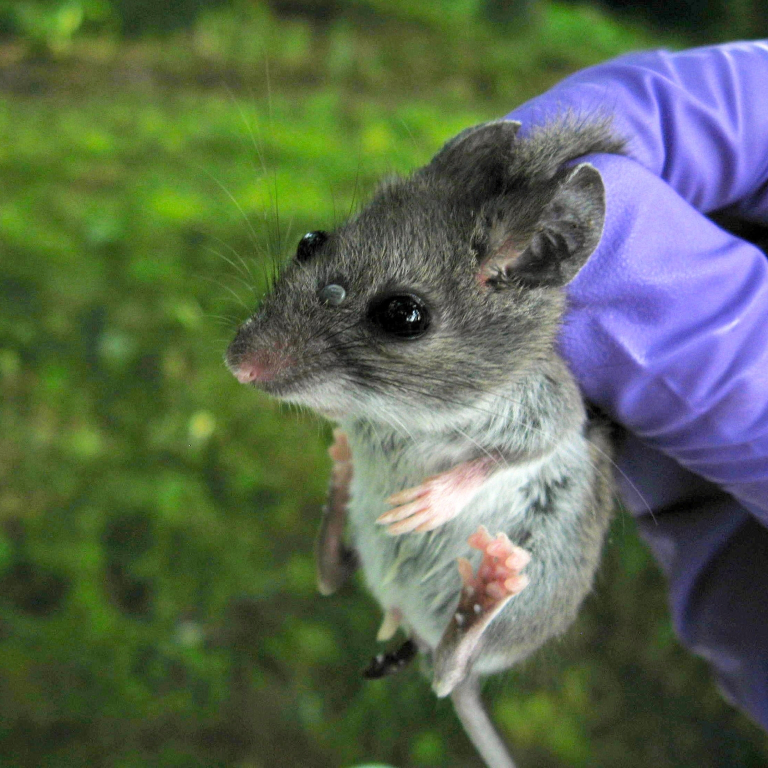The Problem
Changes in climate and human activities contribute to the movement of disease vectors, such as ticks and mosquitoes, into new geographic regions. The only way to detect these movements is through regular, long-term monitoring and data collection. Though cases of tick- and mosquito-borne illness such as Lyme disease and West Nile virus are relatively uncommon in Indiana, reports have grown steadily in the last decade and official records likely underestimate the scope of the problem.





